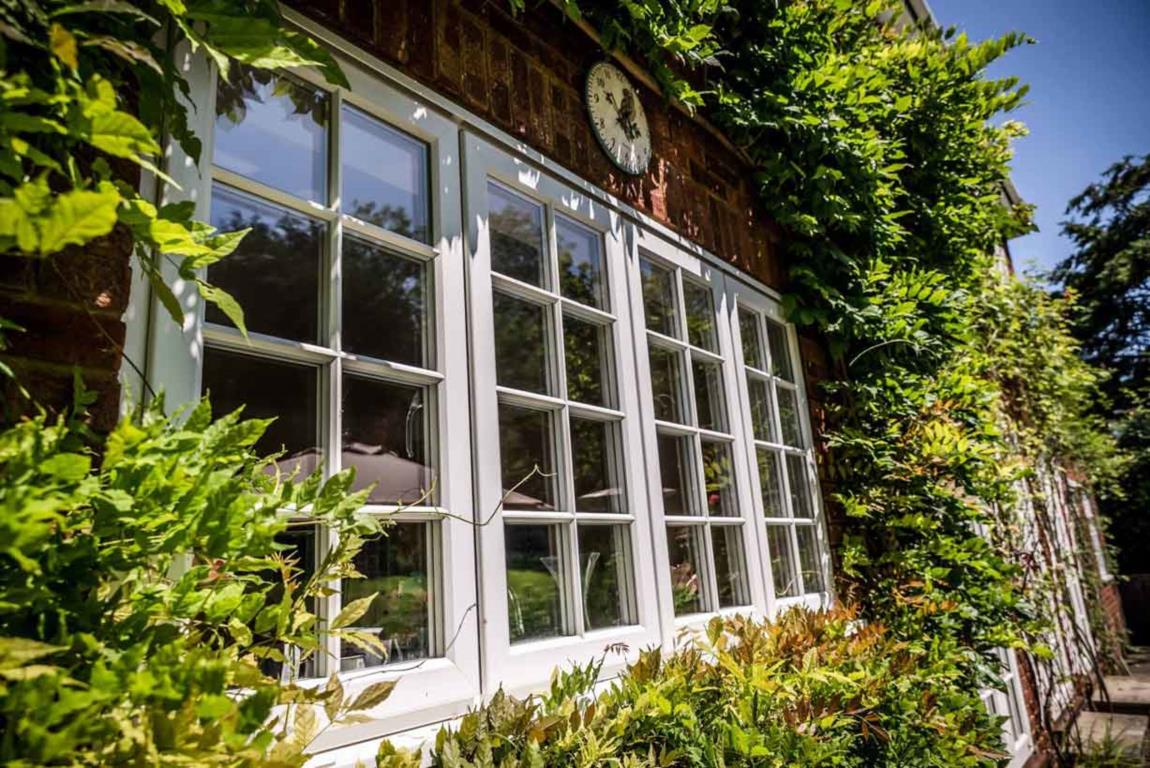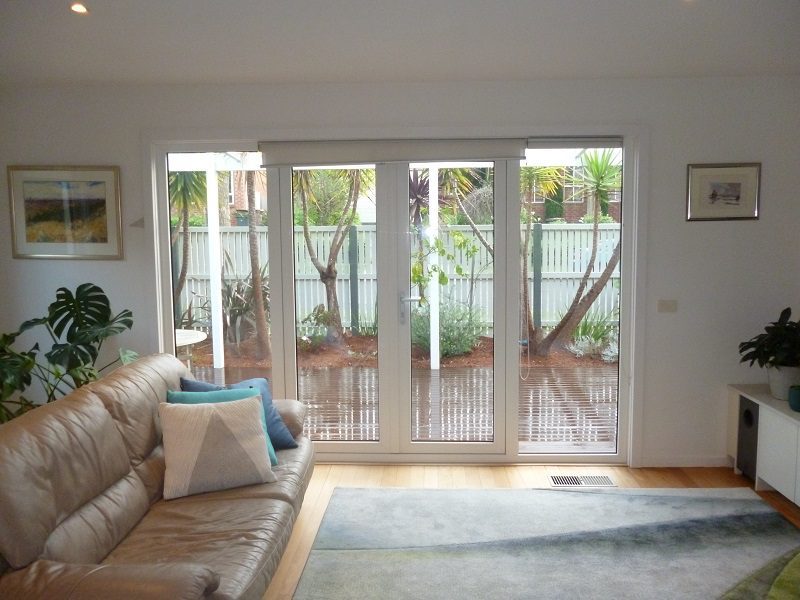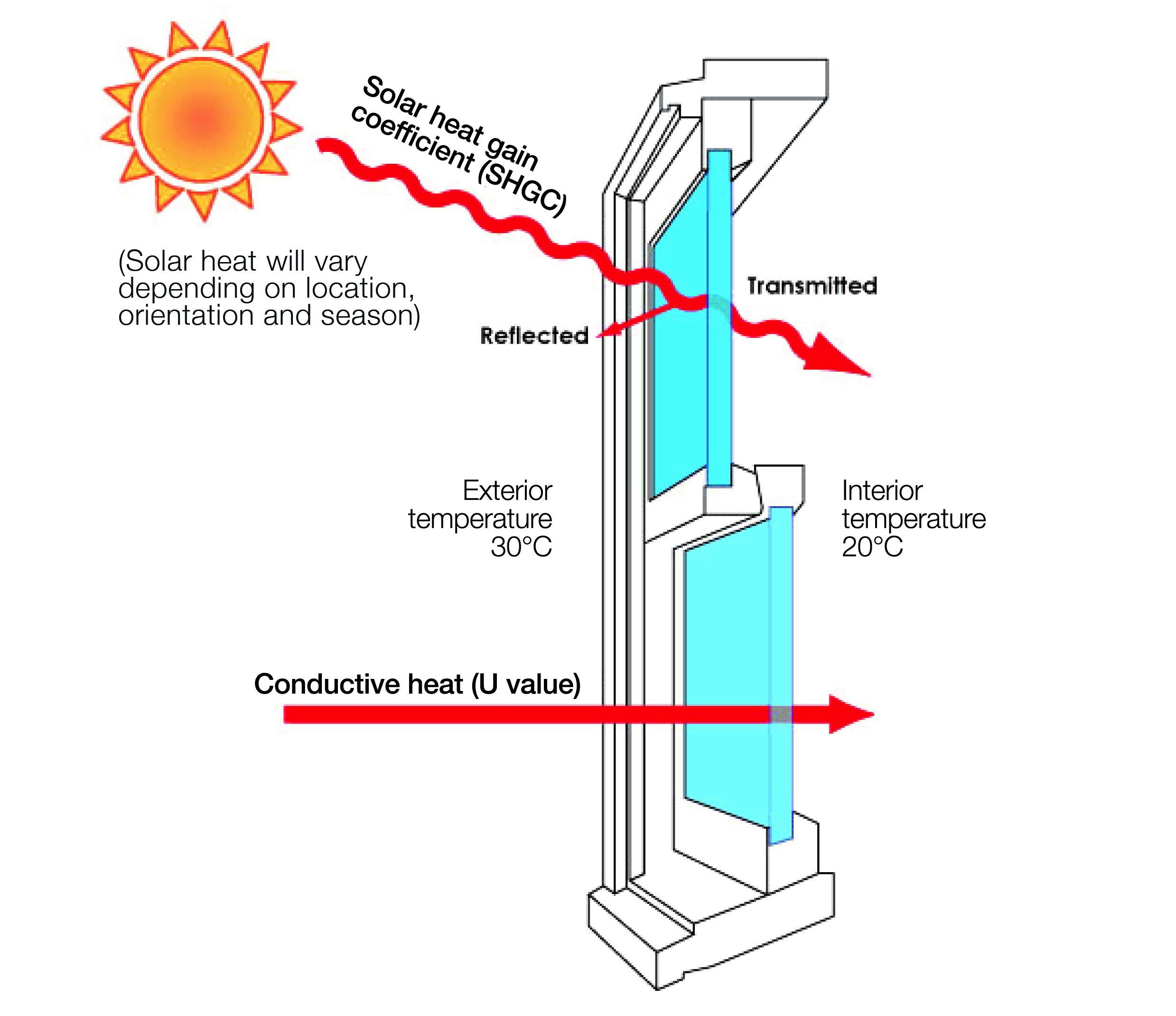All Categories
Featured
Table of Contents
Which Is The Best Type Of Double Glazing? - Which? - Which.co.uk in Brigadoon WA
Glazing just implies the windows in your home, including both openable and fixed windows, in addition to doors with glass and skylights. Glazing actually just implies the glass part, but it is generally utilized to refer to all aspects of an assembly including glass, movies, frames and furnishings. Paying attention to all of these elements will help you to accomplish efficient passive style.

Energy-efficient glazing makes your house more comfortable and dramatically reduces your energy costs. Nevertheless, inappropriate or poorly created glazing can be a major source of unwanted heat gain in summer season and considerable heat loss and condensation in winter season. As much as 87% of a home's heating energy can be gained and approximately 40% lost through windows.
Insulated Glass Unit – Igu in Currambine WA
Glazing is a substantial financial investment in the quality of your house. A preliminary investment in energy-efficient windows, skylights and doors can greatly decrease your annual heating and cooling expense.

This tool compares window choices to a base level aluminium window with 3mm clear glass. Comprehending a few of the crucial residential or commercial properties of glass will assist you to select the best glazing for your home. Key properties of glass Source: Adjusted from the Australian Window Association The amount of light that goes through the glazing is referred to as noticeable light transmittance (VLT) or noticeable transmittance (VT).
Enjoy Your Summer More With Double Glazed Windows in Hamilton Hill Western Australia
The U value for windows (expressed as Uw), explains the conduction of the whole window (glass and frame together). The lower the U value, the greater a window's resistance to heat flow and the much better its insulating value.
For example, if your house has 70m2 of glazing with aluminium frames and clear glass with a U worth of 6. 2W/m2 C, on a winter's night when it is 15C cooler outside compared with inside your home, the heat loss through the windows would be: 6. 2 15 70 = 6510W That is comparable to the total heat output of a large room gas heater or a 6.
Which Is The Best Type Of Double Glazing? - Which? - Which.co.uk in Helena Valley Perth

If you choose a window with half the U value (3. 1W/m2 C) (for example, double glazing with an argon-filled gap and less-conductive frames), you can cut in half the heat loss: 3. 1 15 70 = 3255W The solar heat gain coefficient (SHGC) for windows (expressed as SHGCw) determines how readily heat from direct sunshine flows through a whole window (glass and frame together).
The lower a window's SHGC, the less solar heat it transmits to the home interior. The actual SHGC for windows is affected by the angle that solar radiation strikes the glass.
Double Glazing in Orelia WA
When the sun is perpendicular (at 90) to the glass, it has an angle of occurrence of 0 and the window will experience the maximum possible solar heat gain. The SHGC stated by glazing producers is constantly computed as having a 0 angle of occurrence. As the angle increases, more solar radiation is reflected, and less is sent.
Table of Contents
Latest Posts
Benefits Of Having Double Glazing Windows In The Summer in Westfield Western Australia
Does Double Glazing Have A Vacuum? in Greenmount WA
The Science Behind Double Glazed Windows in Kenwick Perth
More
Latest Posts
Benefits Of Having Double Glazing Windows In The Summer in Westfield Western Australia
Does Double Glazing Have A Vacuum? in Greenmount WA
The Science Behind Double Glazed Windows in Kenwick Perth